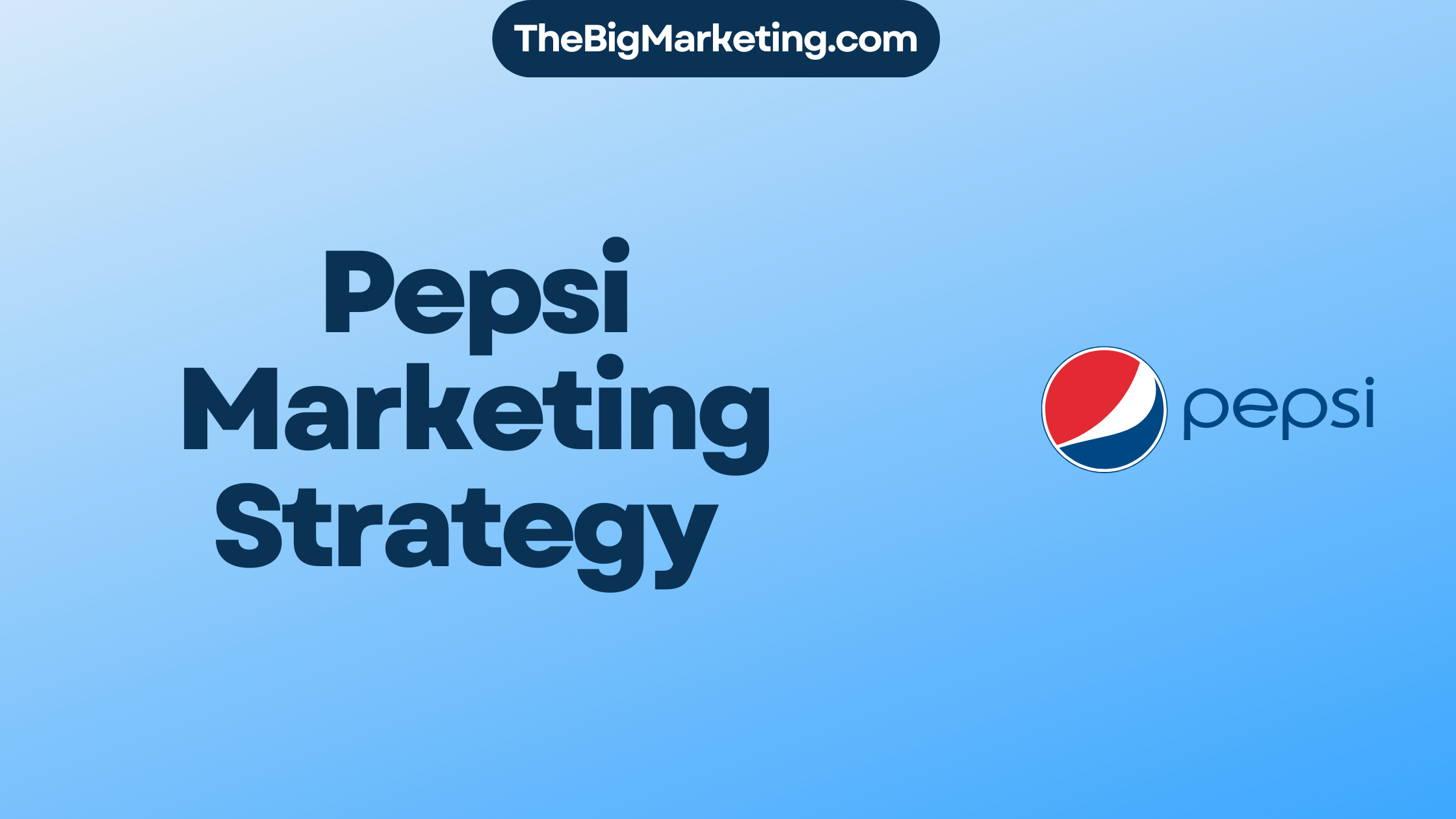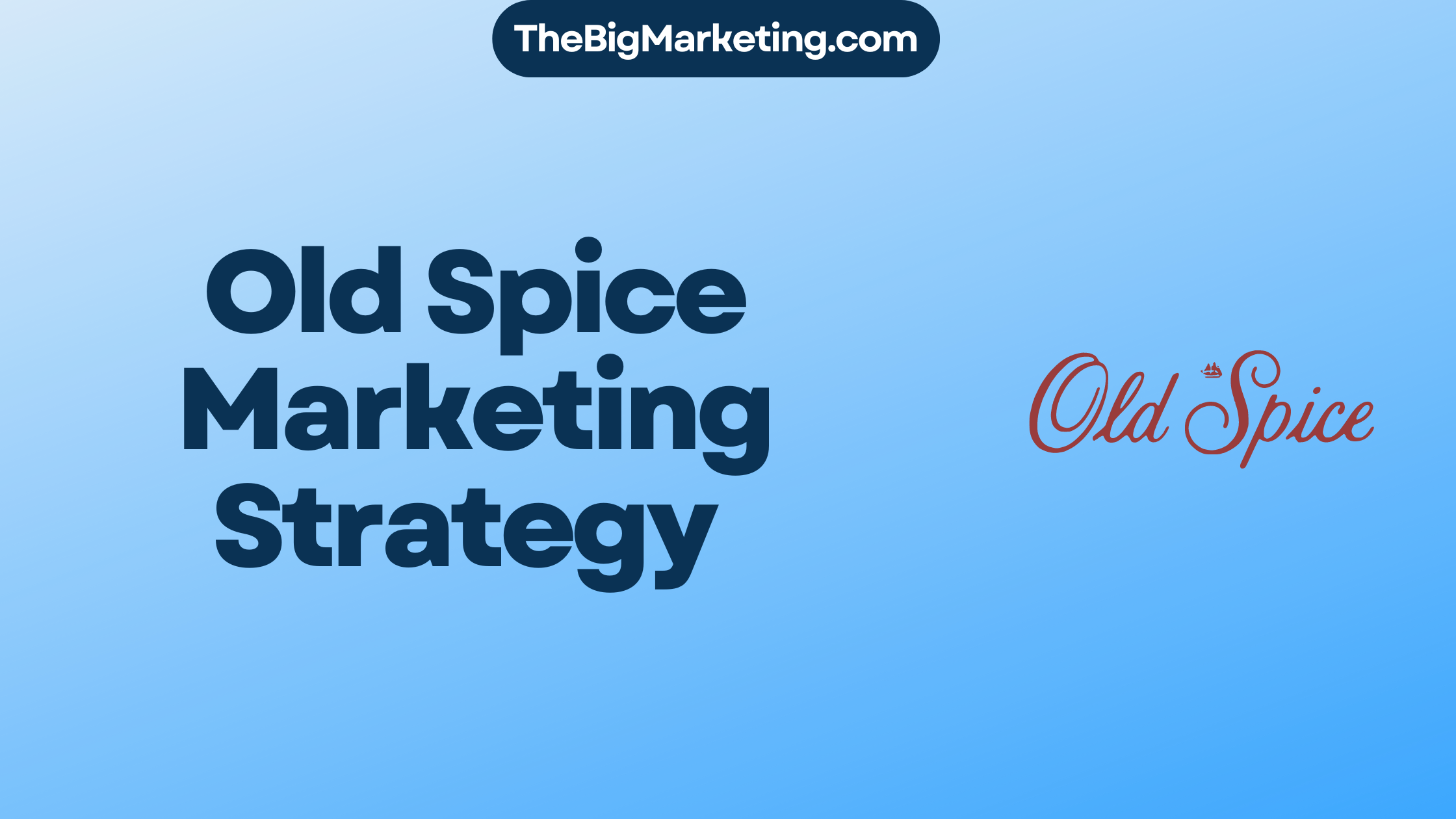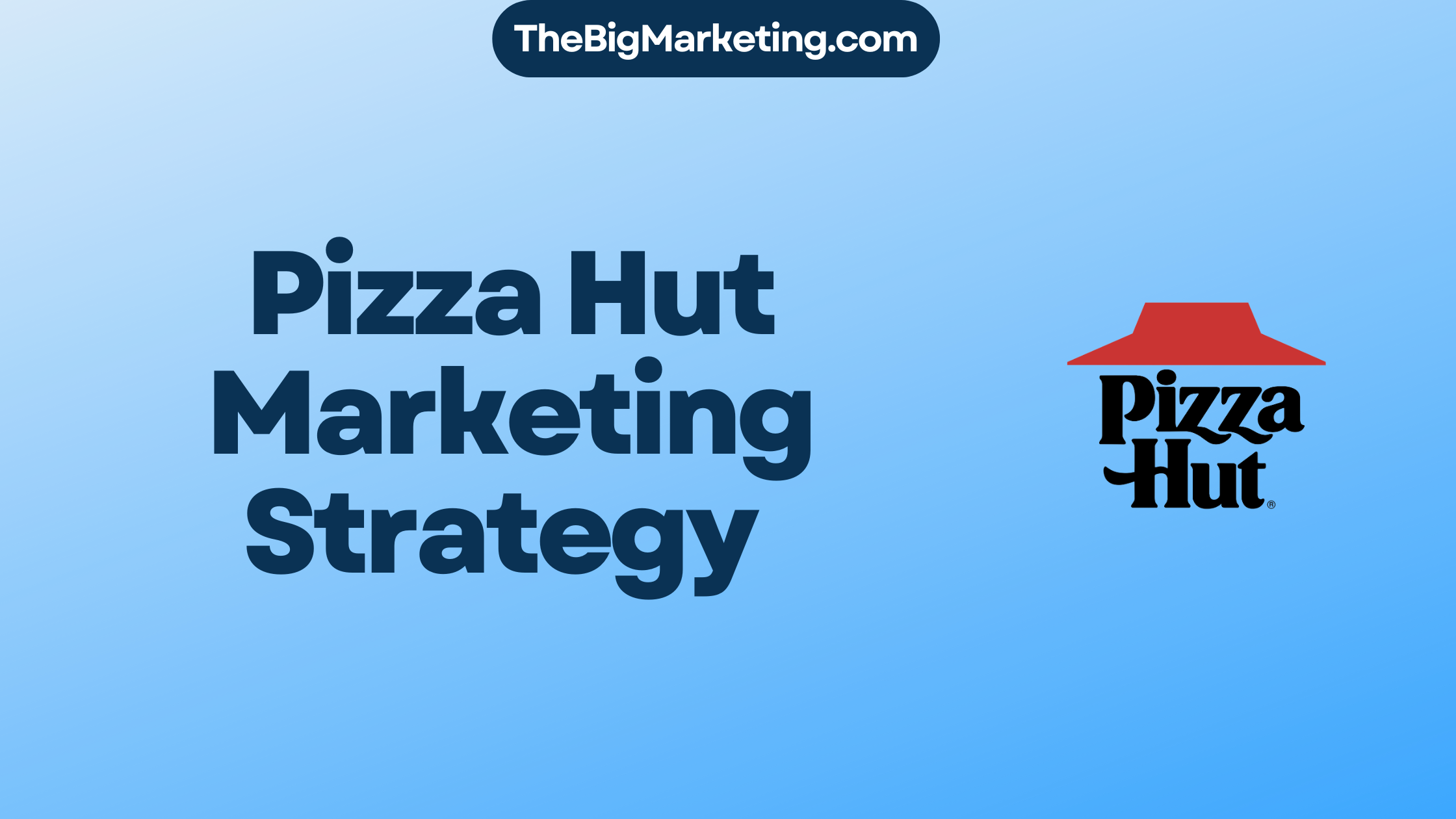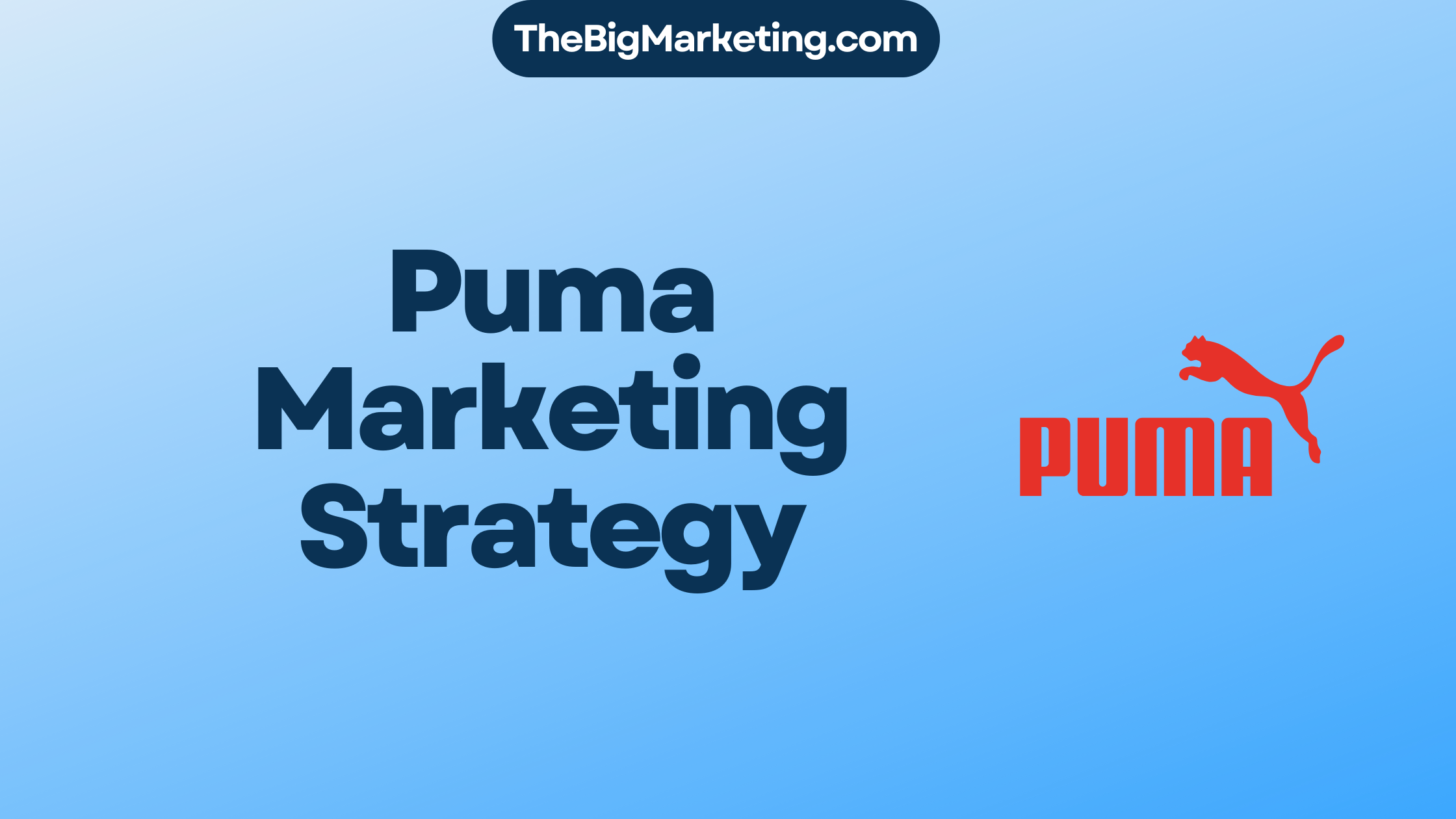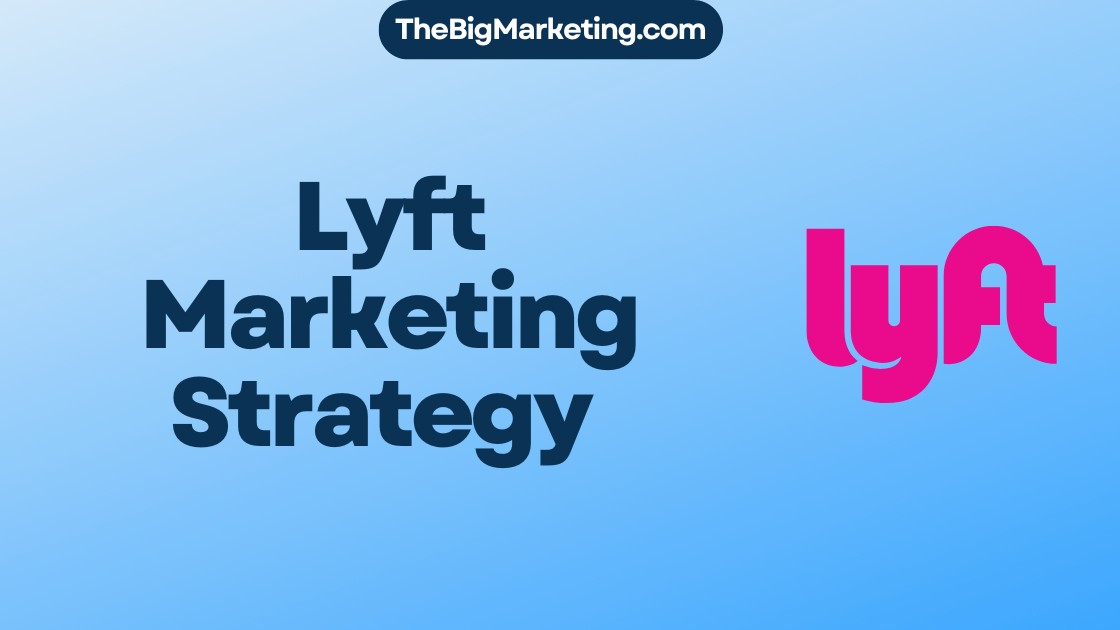As the landscape of education continues to evolve, schools and higher education institutions face the challenge of increasing student enrollment in a competitive market. To address this issue, it is crucial for educational institutions to implement effective marketing strategies that attract prospective students and drive enrollment growth. In this article, we will explore key marketing techniques and tips that can help schools achieve their enrollment goals.
Key Takeaways:
- Develop a strong online presence to attract students in the digital age.
- Share detailed information about financial assistance to alleviate concerns.
- Personalize interactions to engage prospective students on a deeper level.
- Engage students early and often with dynamic virtual tools and events.
- A well-balanced marketing plan should incorporate traditional and digital approaches.
Develop a Strong Online Presence
In today’s digital age, developing a strong online presence is essential for educational institutions to attract and engage prospective students. By prioritizing user experience and accessibility, schools can create an online environment that resonates with their target audience and showcases their unique offerings.
Accessible and Intuitive Website
An accessible and intuitive website is the foundation of a strong online presence. Educational institutions should ensure their website complies with WCAG (Web Content Accessibility Guidelines) to provide equal access to information for all users, including those with disabilities. This not only improves the user experience but also demonstrates the institution’s commitment to inclusivity and diversity.
Effective Social Media Presence
Social media has become a powerful tool for educational institutions to connect with prospective students. By establishing an effective presence on platforms such as YouTube, TikTok, and Instagram, schools can engage with their target audience, share compelling content, and build a vibrant community. These platforms offer opportunities to showcase campus life, student achievements, and unique educational programs, capturing the attention and interest of potential applicants.
Interactive Campus Maps
Visualizing oneself on campus can greatly impact a student’s decision-making process. Interactive campus maps allow prospective students to explore the institution virtually, highlighting key facilities, landmarks, and amenities. This immersive experience helps students envision themselves as part of the campus community and fosters a sense of belonging.
By utilizing these strategies, educational institutions can cultivate a strong online presence that attracts and engages prospective students, ultimately increasing school enrollment.
Share Detailed Information About Financial Assistance
When it comes to college, cost is a crucial consideration for students and their families. To ease their concerns and build trust, educational institutions should provide easily accessible information about financial assistance through various channels such as brochures, websites, and social media platforms. It is essential to communicate transparently and clearly about the net costs of attending college to help students make informed decisions.
Creating comprehensive resources for financial aid applications and offering information about assistance for basic needs can significantly contribute to enrollment growth. By making this information readily available, educational institutions demonstrate their commitment to supporting students throughout their academic journey.
Financial Assistance Resources
Educational institutions should provide a range of resources to guide students through the financial aid process. This could include detailed instructions on how to complete applications, deadlines, and crucial documents required. By offering step-by-step guidance, institutions can empower students to navigate the sometimes complex financial aid landscape.
Furthermore, institutions should be transparent about the types of financial assistance available, including scholarships, grants, work-study programs, and loans. Providing clear eligibility criteria and explaining the application process helps students understand their options and make informed decisions.
Basic Needs Assistance
Recognizing that financial challenges extend beyond tuition fees, educational institutions can also provide information about programs and resources that address students’ basic needs. This includes assistance for housing, meals, textbooks, transportation, and other essential expenses. By offering support in these areas, institutions alleviate financial burdens and create a more inclusive and supportive environment.
Additionally, institutions can collaborate with local organizations and community resources to expand the range of assistance available to students. Building strong partnerships ensures that the institution is addressing the holistic needs of the student population.
Ensuring Transparency
Transparency is vital in financial communication to establish trust with prospective students and their families. Educational institutions should clearly communicate the total costs of attending college, including tuition, fees, and estimated living expenses. Providing detailed breakdowns and explanations helps prospective students better understand the financial commitment and the value they will receive.
Institutions can also share information about graduation rates, average student debt, and post-graduation employment outcomes. This data provides transparency and demonstrates the institution’s commitment to student success. By showcasing the return on investment and the potential for future career opportunities, institutions can attract and retain students.
| Financial Aid Options | Eligibility | Application Deadlines |
|---|---|---|
| Scholarships | Based on academic or extracurricular achievements | Varies by scholarship |
| Grants | Based on financial need | Varies by grant program |
| Work-Study | Based on financial need and availability | Varies by institution |
| Loans | Available to eligible students and their families | Depends on the type of loan |
Personalize Interactions
When it comes to engaging prospective students, personalization is the key. Educational institutions should strive to gather information about students’ preferences and interests early in the enrollment process. This enables them to tailor their communication and provide a more personalized experience, increasing the likelihood of student enrollment.
There are several tactics schools can employ to personalize interactions and enhance the enrollment experience:
- Surveys: By utilizing surveys, schools can understand students’ specific needs and preferences. This allows institutions to tailor their offerings accordingly and demonstrate a commitment to meeting individual requirements.
- Ongoing Dialogues: Creating ongoing dialogues with prospective students allows for continuous engagement. Institutions can establish personalized communication channels where students can ask questions, seek guidance, or receive updates throughout the enrollment process.
- Personalized Web Content: Customizing website content based on students’ interests and preferences can significantly enhance their experience. Tailored landing pages, program information, and testimonials specific to their desired courses or majors can help students envision themselves at the institution.
- Individualized Calls to Action: Implementing tailored calls to action within the communication process encourages meaningful engagement. Whether it’s scheduling a campus visit, attending a virtual event, or submitting an application, personalized calls to action can guide students towards the next steps in the enrollment journey.
Example of Personalized Web Content
| Student Profile | Personalized Web Content |
|---|---|
| Interest in STEM | Prominently featured information about state-of-the-art labs and research opportunities in the STEM field. |
| Passionate about Performing Arts | Highlighted performing arts programs, upcoming productions, and success stories of alumni in the performing arts industry. |
| Aspiring Athlete | Showcased athletic facilities, sports scholarships, and notable achievements of the athletic teams. |
By employing personalized tactics, educational institutions can create a more tailored and engaging experience for prospective students. This personal touch helps build a stronger connection with students and increases the likelihood of a successful enrollment.
Engage Students Early and Often
When it comes to attracting Gen Z students, educational institutions need to meet their expectations for leveraging digital technology. Engaging students early and often can significantly boost school enrollment rates. By utilizing dynamic virtual tools like interactive campus maps, virtual tours, and event calendars, institutions can captivate the interest of prospective students and encourage them to take the next steps towards enrollment.
Interactive campus maps provide a visually immersive experience, allowing students to explore different areas of the institution and get a feel for the campus environment. This tool not only showcases the unique features and facilities of the institution but also helps students envision themselves on campus, creating a sense of connection and familiarity.
Virtual tours offer an interactive and detailed view of the campus, providing students with an in-depth understanding of the different academic and social aspects of college life. Through virtual tours, prospective students can explore classrooms, library facilities, dormitories, and other key areas, gaining insights into the overall atmosphere of the institution.
Event calendars are essential for keeping students informed about campus happenings and social activities. By highlighting events such as open houses, campus tours, information sessions, and student-led activities, institutions can effectively demonstrate the vibrant and engaging community they offer.
Engaging Students with Digital Technology
One powerful tool for engaging students is the use of dynamic virtual maps that allow them to explore the campus and get a sense of the layout and facilities. When prospective students can visualize themselves on campus, it creates a stronger connection and increases the likelihood of them considering enrollment.
For example:
| Interactive Campus Maps | Virtual Tours | Event Calendars |
|---|---|---|
| Interactive campus maps allow students to explore the institution’s facilities, helping them envision themselves on campus. | Virtual tours provide an immersive experience, showcasing academic and social aspects of college life. | Event calendars keep students informed about campus happenings, fostering a sense of community. |
Importance of Marketing for Higher Education Institutions
Higher education institutions need a robust marketing strategy to increase visibility and maximize admissions. In today’s competitive education market, it is crucial for institutions to effectively promote their programs and offerings to prospective students, parents, and qualified faculty.
Marketing plays a vital role in boosting an institution’s profile and attracting a diverse and talented pool of students. By implementing both traditional and digital marketing tactics, institutions can reach a wider audience and create a strong brand presence.
Traditional Marketing Tactics
- Print advertisements in newspapers and magazines.
- Radio and TV ads to target local audiences.
- Campus visits and open house events.
Digital Marketing Strategies
- Social media marketing on platforms like Facebook, Twitter, and LinkedIn.
- Content marketing through blogs, videos, and webinars.
- Email marketing campaigns to engage with prospective students.
- Search Engine Optimization (SEO) to improve online visibility.
- Search Engine Marketing (SEM) to drive targeted traffic through paid advertising.
A well-rounded marketing approach that combines both traditional and digital strategies is essential to effectively reach the target audience and achieve enrollment growth.
Effective marketing can lead to various benefits for higher education institutions, including:
- Increased student enrollment rates: By implementing successful marketing techniques, institutions can attract more students and achieve higher enrollment numbers.
- Enhanced reputation and brand recognition: A robust marketing strategy helps build a positive image and establishes the institution as a leader in the education industry.
- Revenue generation: Increased enrollment directly correlates to higher revenue for institutions, allowing them to invest in improved facilities, resources, and academic programs.
| Benefits of Marketing for Higher Education Institutions | Examples |
|---|---|
| Increased student enrollment rates | 10% increase in annual enrollment numbers |
| Enhanced reputation and brand recognition | Ranked among the top 10 institutions in the region |
| Revenue generation | $1 million increase in annual revenue |
Ways to Market Higher Education Institutions
When it comes to marketing higher education institutions, a well-rounded approach that incorporates both traditional and digital tactics is key. By using a combination of offline and online strategies, schools can effectively reach their target audience and achieve their marketing goals. Let’s explore some effective techniques for marketing higher education institutions:
1. Traditional Marketing Tactics
In traditional marketing, schools can leverage various channels such as print ads, radio ads, TV ads, and campus visits to create awareness and attract potential students. These tactics allow institutions to showcase their unique selling points and engage with potential students through offline mediums.
2. Digital Marketing Tactics
The digital landscape offers numerous opportunities for marketing higher education institutions. Schools can harness the power of social media marketing, content marketing, email marketing, SEO, SEM, and paid ads to connect with their target audience. By utilizing these digital platforms, institutions can reach a wider audience and generate leads effectively.
3. Social Media Marketing
Social media platforms such as Facebook, Instagram, Twitter, LinkedIn, and YouTube provide an excellent avenue for schools to engage with prospective students and showcase their offerings. With strategic social media marketing campaigns, institutions can build brand awareness, share success stories, and create a sense of community for students and alumni.
4. Content Marketing
Content marketing involves creating and sharing valuable educational content that resonates with the target audience. Schools can produce informative blog posts, videos, podcasts, and eBooks that provide insights into the institution’s programs, culture, and student experiences. By sharing valuable content, institutions can position themselves as industry experts and build trust with potential students.
5. Email Marketing
Email marketing allows institutions to build a direct line of communication with prospective students. By creating targeted email campaigns, schools can send personalized messages, important updates, and relevant information to prospective students. Email marketing is a cost-effective way to nurture leads and keep potential students engaged throughout the enrollment process.
6. Search Engine Optimization (SEO) and Search Engine Marketing (SEM)
SEO and SEM are strategies used to improve a website’s visibility in search engine results pages. By optimizing website content, using relevant keywords, and implementing paid search ads, institutions can increase their online presence and attract organic traffic from prospective students who are actively searching for educational opportunities.
By combining both traditional and digital marketing techniques, higher education institutions can effectively reach their target audience and drive enrollments. A well-planned marketing strategy that leverages the strengths of each approach will enable schools to stand out in a competitive landscape and attract the right students.
Higher Education Marketing Strategies for the Digital Age
Digital marketing plays a crucial role in effectively reaching and engaging with the target audience in the education sector. To boost school enrollment and attract prospective students, educational institutions can implement various strategies that leverage the power of digital platforms and technologies.
Content Marketing
Content marketing is a proven strategy for educational institution marketing. By creating and sharing valuable content such as blog articles, e-books, infographics, and videos, institutions can establish their expertise and build trust with their target audience. Providing informative and engaging content helps prospective students make informed decisions and increases their likelihood of choosing the institution.
AI-Powered Personalization
Personalization is essential for effective marketing in the digital age. With the help of artificial intelligence (AI), educational institutions can tailor their marketing efforts to individual students’ preferences and interests. By analyzing data such as website behavior and demographic information, institutions can deliver personalized communication, recommendations, and offers, creating a more engaging and personalized experience for prospective students.
Optimization of Social Media Presence
Social media platforms provide an excellent opportunity for educational institutions to reach and engage with their target audience. By optimizing their social media presence, institutions can effectively showcase their unique value propositions, share student success stories, and promote campus events. Engaging social media content, interactive posts, and timely responses to inquiries can help institutions build a strong online community and attract prospective students.
Sharing Student Stories
The experiences and success stories of current students and alumni can greatly influence prospective students’ decisions. By sharing authentic and inspiring student stories through various channels such as blogs, social media, and video testimonials, educational institutions can showcase the impact of their programs on students’ lives. These stories help build trust, create emotional connections, and provide valuable insights to prospective students.

Creating Video Content
Video content has become increasingly popular and effective in reaching and engaging with audiences. Educational institutions can create compelling video content such as campus tours, testimonials, virtual events, and faculty interviews. Videos offer a dynamic and immersive way to showcase the institution’s facilities, culture, and academic offerings, giving prospective students a virtual experience that can influence their decision-making process.
Live Streaming Events
Live streaming events provide an interactive way to engage with prospective students in real-time. Educational institutions can host virtual open houses, Q&A sessions with faculty and current students, and live presentations to provide valuable information and address inquiries. Live streaming allows for immediate interaction and creates a sense of community, facilitating connections between prospective students and the institution.
Incorporating these higher education marketing strategies for the digital age can help educational institutions boost school enrollment, establish a solid reputation, enhance engagement, showcase success stories, and provide valuable information to prospective students.
Why Does the Education Sector Need Education Marketing?
The education sector has experienced significant growth due to the opportunities provided by the internet and modern technologies. With a strong emphasis on e-learning and educational apps, educational institutions need marketing strategies to promote their valuable educational content. Marketing in the education sector is crucial for increasing visibility, attracting the right students, and driving revenue. Traditional and digital marketing methods can be used to promote schools and higher education institutions.
Conclusion
Effective marketing strategies play a vital role in boosting student enrollment and fostering sustained growth for schools and higher education institutions. To attract prospective students and increase admissions, institutions need to prioritize developing a strong online presence. This includes creating an accessible and intuitive website, leveraging social media platforms, and showcasing unique features through interactive campus maps.
Sharing detailed information about financial assistance is crucial in addressing cost concerns and building trust. Educational institutions should provide easily understandable resources about financial aid applications, assistance for basic needs, and transparent communication about net costs. Personalizing interactions through tailored communication and incorporating personalized texts can effectively engage prospective students throughout the enrollment process.
Engaging students early and often is essential in the digital age. Leveraging dynamic virtual tools such as interactive campus maps, virtual tours, and event calendars can attract interest and provide students with a feel for the campus environment. Additionally, a well-balanced marketing strategy combining traditional tactics like print ads and campus visits, along with digital tactics such as social media marketing and content optimization, can help reach a broad audience and achieve marketing goals.
In conclusion, marketing strategies are fundamental for educational institutions to reach and engage with their target audience, increase admissions, and promote valuable educational content. By implementing these strategies, institutions can enhance their online presence, provide comprehensive financial assistance information, personalize interactions, and engage prospective students early and often, ultimately driving enrollment growth and fostering success in the education sector.
FAQ
What are some effective marketing strategies for increasing school enrollment?
Some effective marketing strategies for increasing school enrollment include developing a strong online presence, sharing detailed information about financial assistance, personalizing interactions, and engaging students early and often.
How can educational institutions develop a strong online presence to attract students?
Educational institutions can develop a strong online presence by prioritizing user experience on their websites, using social media platforms to engage prospective students, and utilizing interactive campus maps and virtual tools to showcase their unique features and campus environment.
What is the importance of sharing detailed information about financial assistance?
Sharing detailed information about financial assistance is important as cost is a crucial consideration for students and their families. Educational institutions should provide easily understandable information about financial aid options and resources, as well as transparency in communicating the net costs of attending college.
How can educational institutions personalize their interactions with prospective students?
Educational institutions can personalize their interactions with prospective students by gathering information about students’ preferences and interests early in the enrollment process and tailoring their communication accordingly. This can be done through surveys, personalized web content, and individualized calls to action.
Why is it important for educational institutions to engage students early and often?
Engaging students early and often is important as it helps build a relationship with prospective students, keeps them updated on important information, addresses their concerns, and increases the likelihood of enrollment.
Why is marketing important for higher education institutions?
Marketing is important for higher education institutions to increase their visibility, attract prospective students, and maximize admissions. With increasing competition among institutions, effective marketing is essential for boosting an institution’s profile, student enrollment rates, and revenue.
What are some ways to market higher education institutions?
Some ways to market higher education institutions include using traditional tactics such as print ads and campus visits, as well as leveraging digital marketing tactics such as social media marketing, content marketing, email marketing, SEO, SEM, and paid ads.
What are some higher education marketing strategies for the digital age?
Higher education marketing strategies for the digital age include content marketing, AI-powered personalization, optimization of social media presence, sharing student stories, creating video content, and live streaming events to establish a solid reputation, enhance engagement, and provide valuable information to prospective students.
Why does the education sector need education marketing?
The education sector need education marketing to increase visibility, attract the right students, and drive revenue. Effective marketing strategies help educational institutions promote their valuable educational content and reach and engage with their target audience effectively.
How can marketing strategies boost school enrollment and foster growth?
Marketing strategies can boost school enrollment and foster growth by attracting prospective students, building trust through transparent communication about financial assistance, personalizing interactions, and engaging students early and often in the enrollment process.
